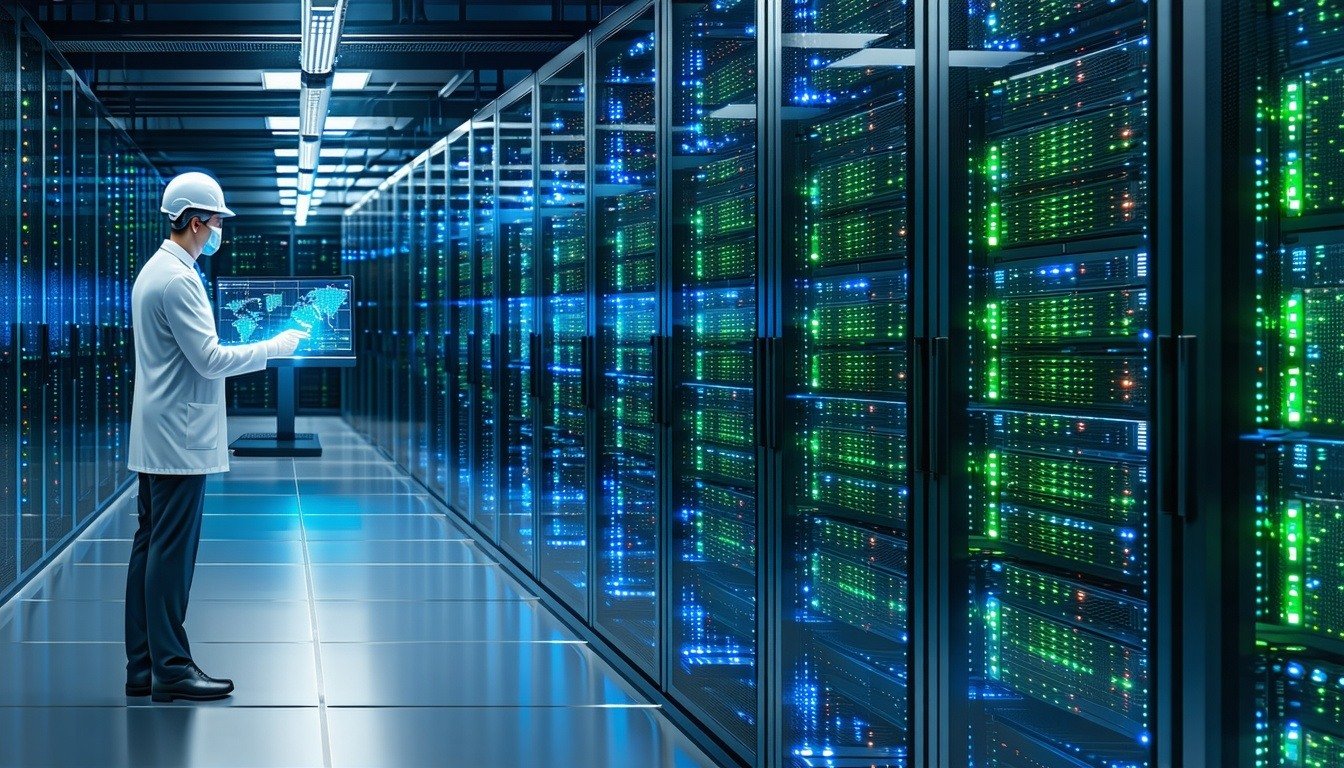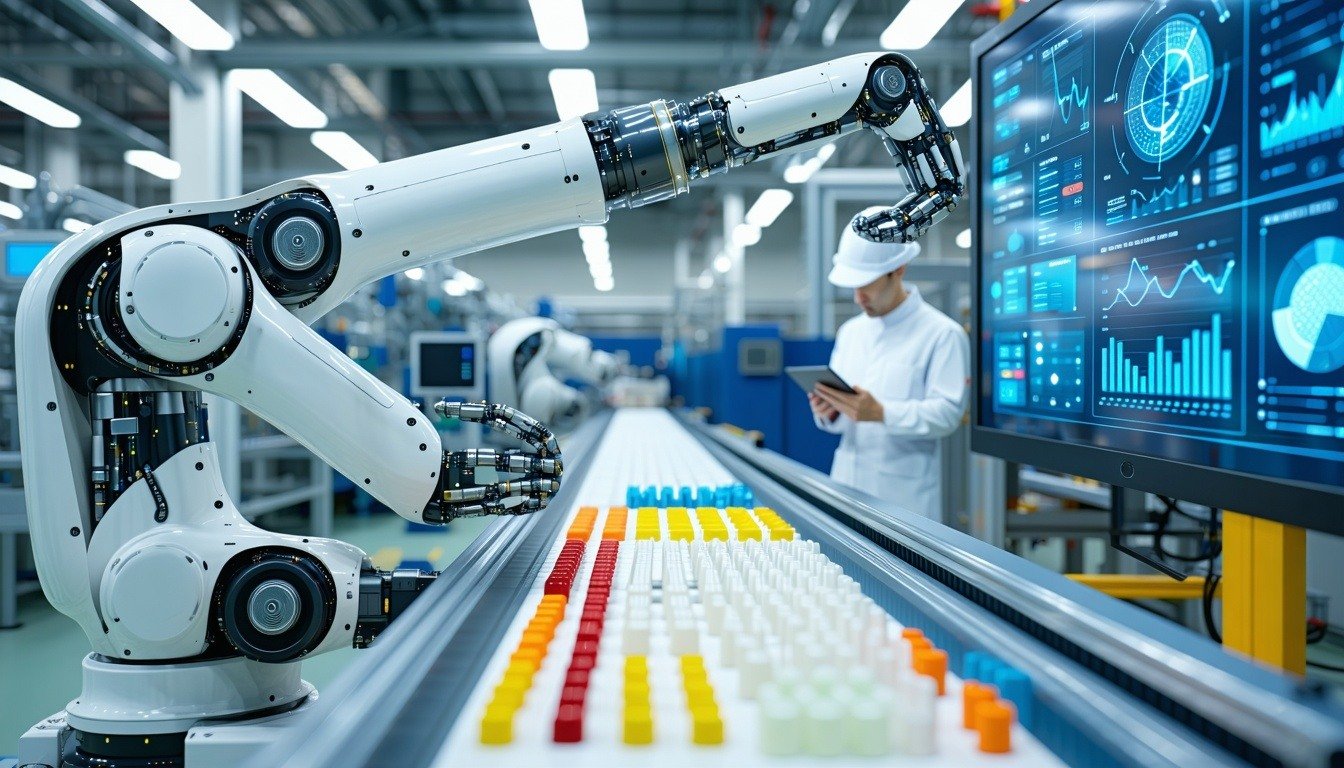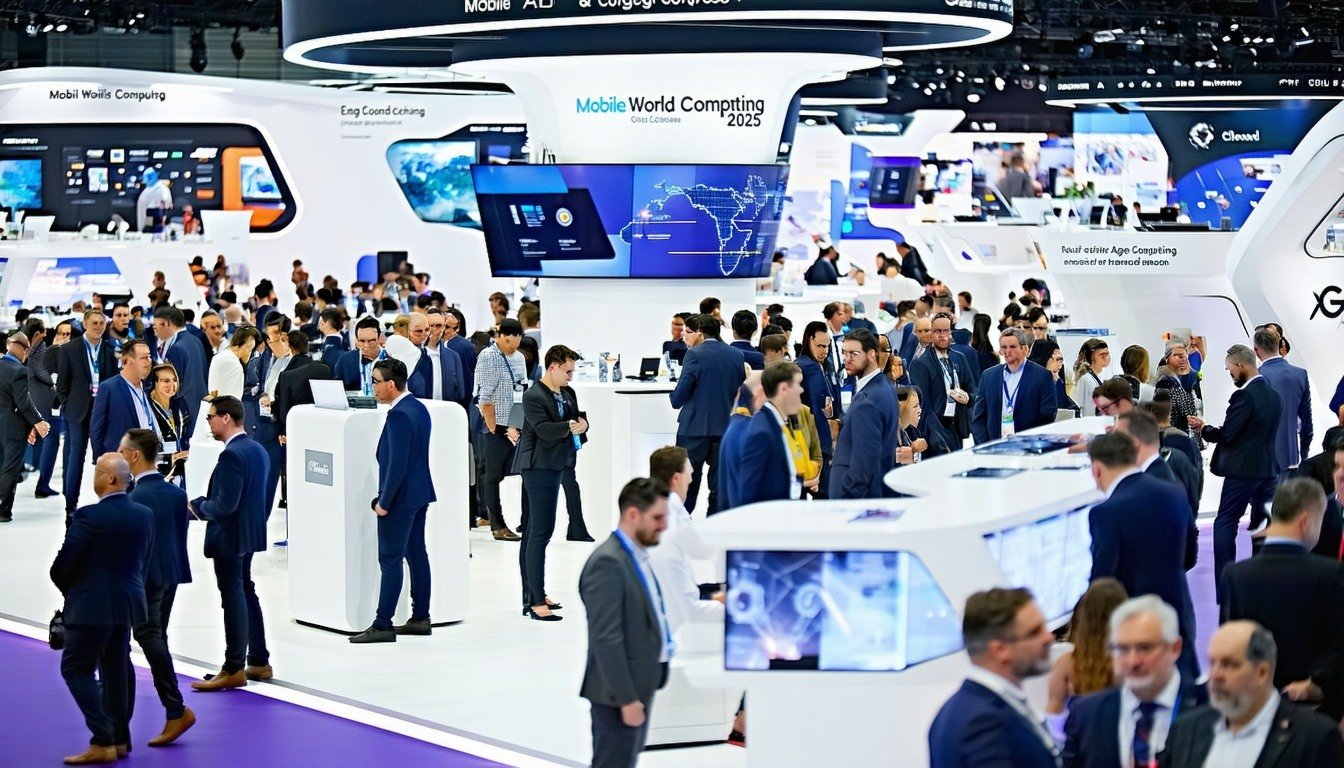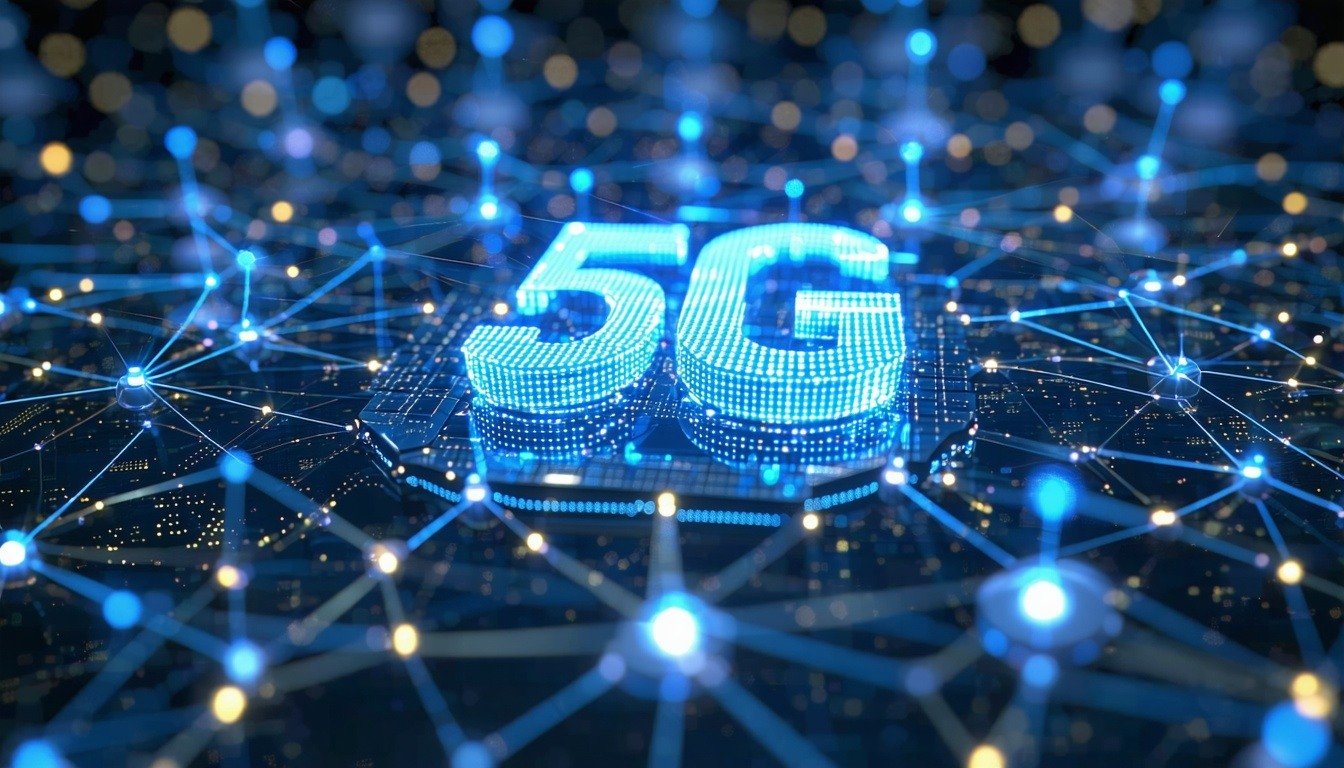Growth of the Internet of Things (IoT) Advanced Analytics Market is accelerating, due in no small part to the emergence of enterprise data as a major factor. Out-of-the-box and off-the-shelf machine learning (ML) and artificial intelligence (AI) solutions are making it easier to process and transform data. In addition, vendors are now easing access to ML and AI toolsets by expanding availability through deployment options that include the edge, on-premises, cloud, Platform-as-a-Service (PaaS), and Software-as-a-Service (SaaS). In just six years, the IoT ML and AI market is expected to grow from US$1.09 billion this year to US$10.6 billion in 2026.
Some vendors are deploying ML at the edge as SaaS packages, closer to the data source, enabling quick pattern recognition, labeling, and protocol optimization. ML and AI can operationalize the manufacturing and industrial data and ensure that all data are prepared for the Operational Technology (OT) teams to understand and extract insights. On the other side, the ML and AI framework can also tackle the issue of advanced analytics in the cloud, where the models (predictive, prescriptive, correlations, etc.) are deployed on already packaged and organized datasets.
Such an approach enables detailed insight for strategic and C-suite-level involvement for decision-making. The ML and AI market has various segments and approaches, with both small and large, and software and public cloud vendors competing for different niches and clients in the same market. These vendors are essentially addressing various market gaps, beginning with their deployment positioning and includes edge, on-premises, cloud, Platform-as-a-Service (PaaS), and Software-as-a-Service (SaaS) deployments.
Why is Edge ML/AI Important?
ABI Research defines edge computing as a newly emerged, efficient way to collect information closer to the device or at the edge of the network. While edge processing has been a hot topic for a few years now, the emergence of edge AI and ML technologies are expected to become a hot market. The industry-wide discussion about the edge platform predominantly concerns power consumption, containers, and hardware trends. However, the edge platform consists of a combination of hardware and software capabilities, because the software ensures the infrastructure for the edge applications and plays an essential role in data management and orchestration services.
Edge AI is computation at the edge, where the ML algorithms are deployed on locally owned computers or embedded into a system, comparatively to the remote servers. While edge AI will naturally have minimal processing capacity that would limit ML compute capabilities, it enables sending more accurate and filtered data to the central server or the cloud for further analytics.
Practically speaking, edge AI enables performing limited data transformation without reliance on the data center, which allows the real-time application and processing of data with minimum or no manual intervention. Edge ML can be pushed to the different locations within the edge-fog value chain, meaning that ML can take place in a sensor level, gateway, or even fog compute environment, depending on the use case; for example, when there are “satellite” devices, such as a doorbell camera or any other type of connected device. Those devices tend to be able to perform ML functions independently, or may send information to the gateway, where more advanced ML can take place due to increased computing capacity.
Not all suppliers in the IoT value chain will find off-the-shelf AI/ML solutions suitable to their business model, however. These solutions will lessen the need for and duration of analytics professional services. Fortunately, because IoT is a growing market, custom analytics engagements will still see demand. The upside is that more people can apply advanced analytics to their IoT data expanding its usefulness to a broader cross-section of the enterprise.






